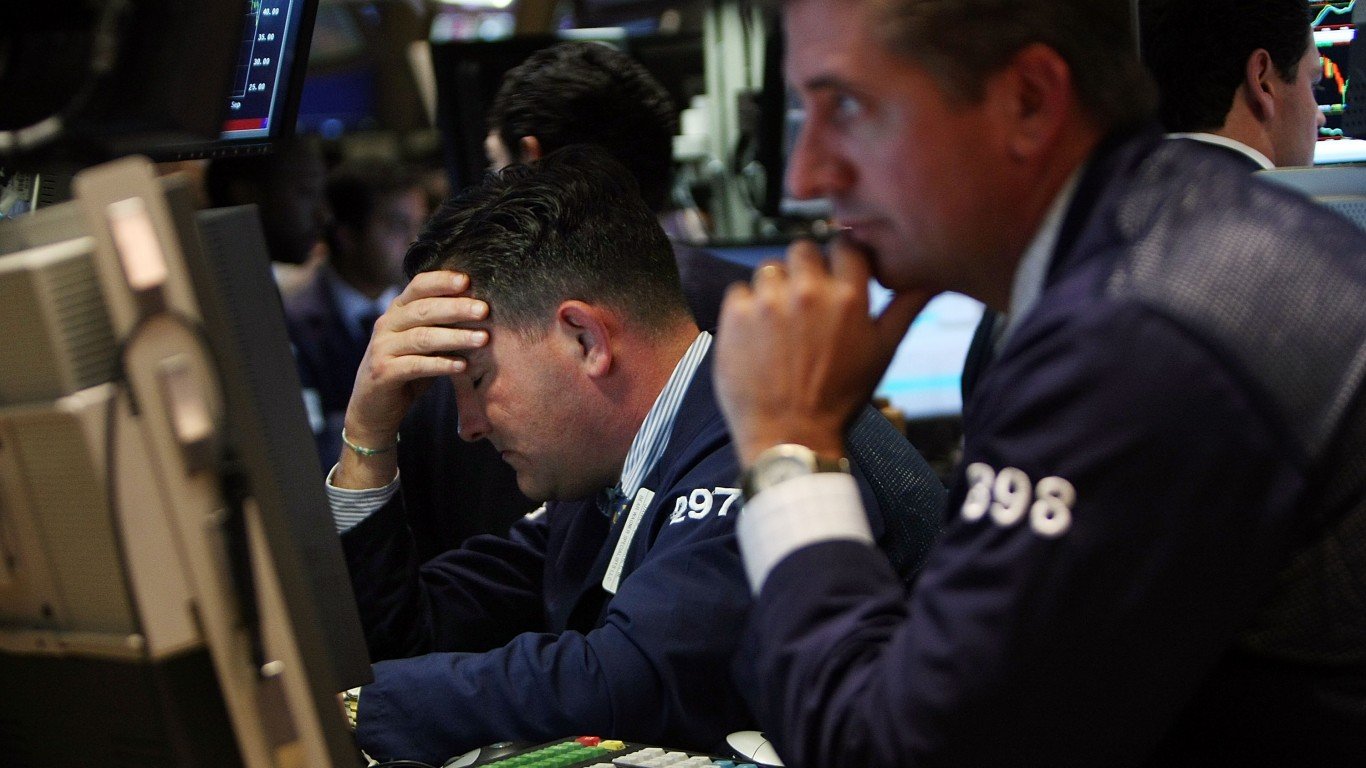
"President Trump's plan to impose large tariffs on many nations was the primary driver of the 20% drop in the S&P 500 that began on April 2 of this year. Among the largest tariff plans was to raise tariffs on China to 54%. Briefly, it was suggested that the China tariff would be 245%. That means America's largest trade partners-China, Canada, and Mexico-faced a financial catastrophe that would deeply wound their economies."
"The April announcements also raised anxiety about reciprocal tariffs. Agricultural goods sent to China accounted for a large share of farmers' income. These also included mineral oil, electronics, and semiconductors. Exports to Canada included auto parts. Often, these were used to make vehicles that were sent back to the United States. Exports to Mexico included machinery and car parts. A trade war with China would have immediate and widespread effects on the U.S. economy."
President Trump's tariff proposals threatened to impose very large duties on major trading partners, including China (up to 54% or briefly suggested 245%), with a recent suggestion of 100% on Chinese goods. The announcements contributed to a 20% drop in the S&P 500 beginning April 2 and raised fears of reciprocal tariffs affecting agriculture, minerals, electronics, semiconductors, auto parts, and machinery. Major retailers like Walmart rely heavily on Chinese imports. Chinese retaliation could target U.S. companies operating in China. Renewed high inflation could erode purchasing power and destabilize the U.S. economy.
Read at 24/7 Wall St.
Unable to calculate read time
Collection
[
|
...
]